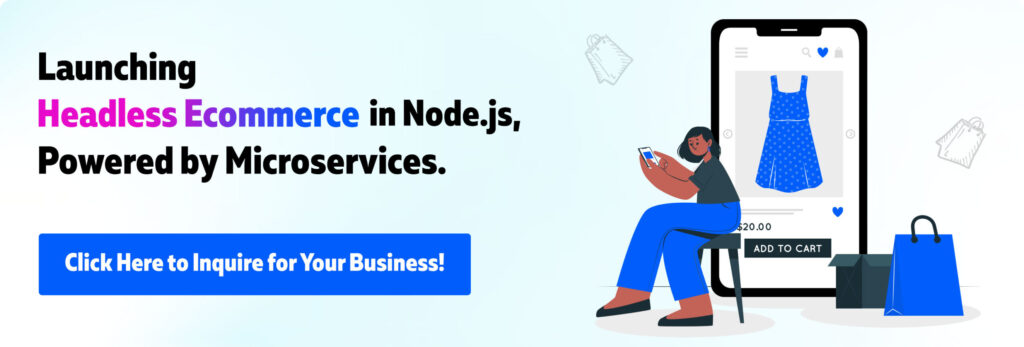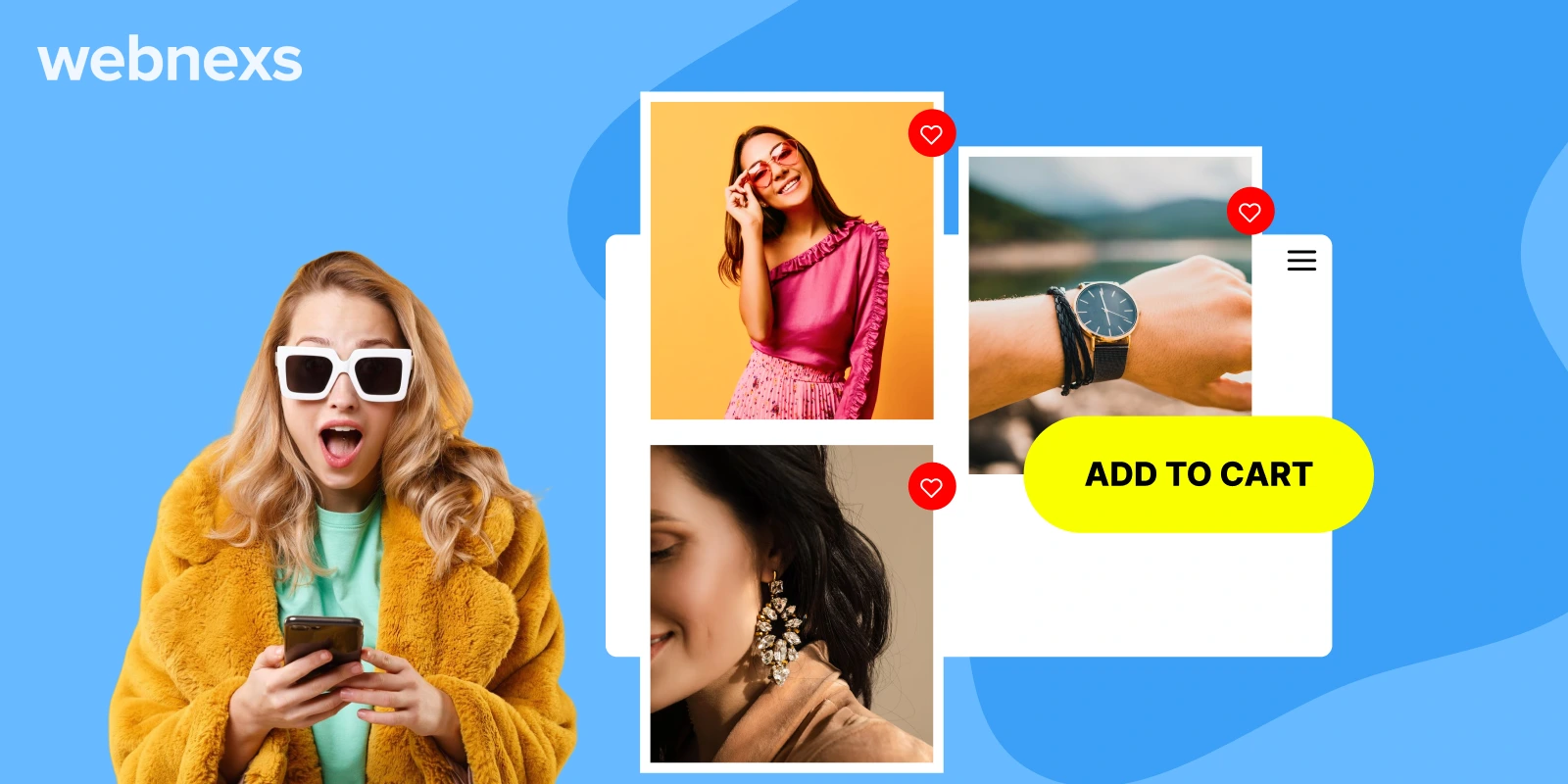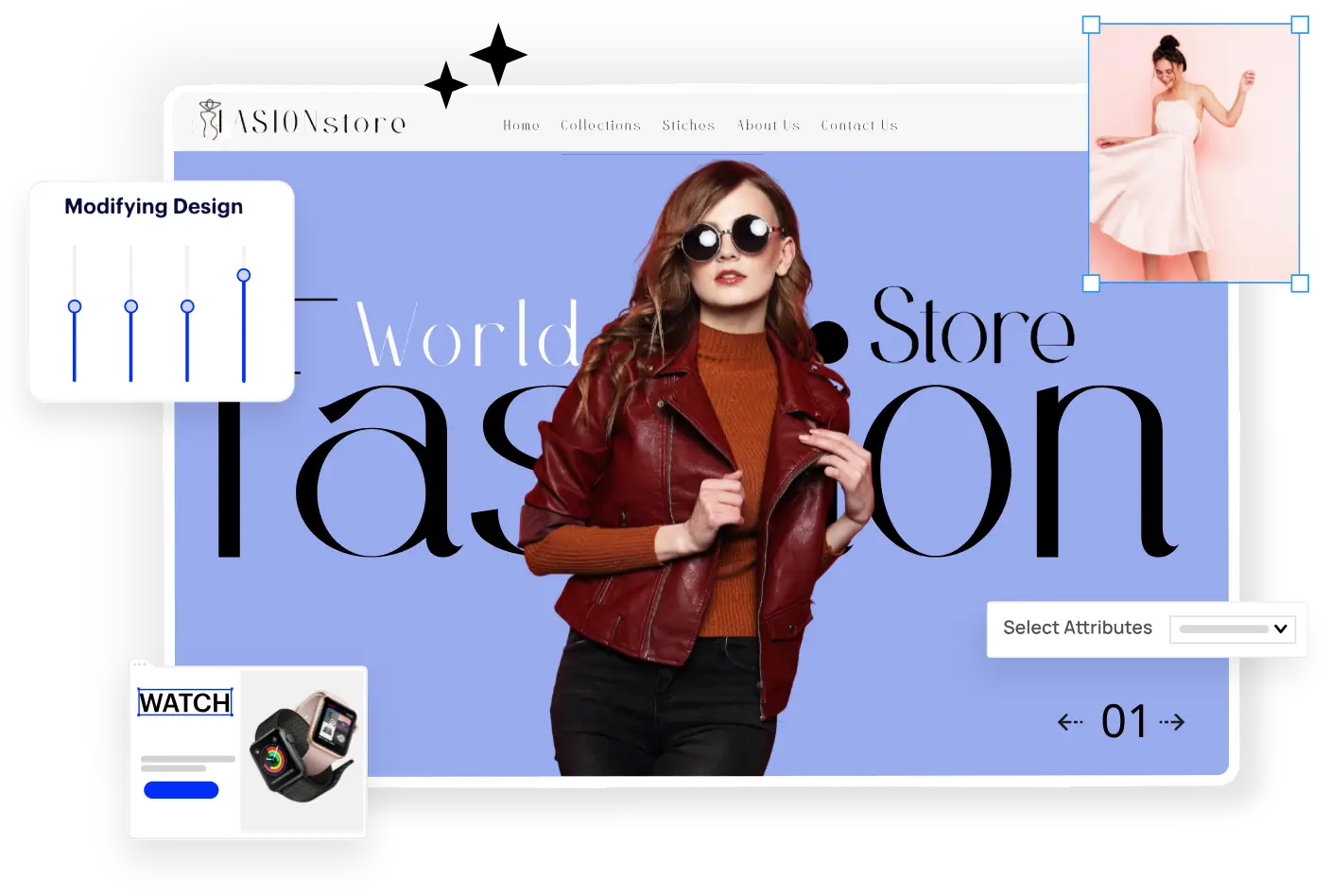Recognizing the diverse behaviors of online shoppers is essential for refining marketing strategies, enhancing customer experience, and driving higher conversion rates. A generic approach fails to capture the unique motivations of various customer segments, resulting in lost opportunities.
Studies show that 80% of consumers expect personalized shopping experiences, yet many businesses struggle to meet these expectations. By segmenting shoppers based on their behaviors and preferences, brands can maximize engagement, optimize resources, and achieve higher ROI.
With over 263 million Americans shopping online—accounting for more than 80% of consumers—ecommerce businesses must understand customer behavior to maximize revenue. However, not all online shoppers are the same. Each consumer group has different purchasing motivations, spending habits, and decision-making processes.
Read on to discover the ten distinct types of online shoppers and actionable strategies to attract, engage, and convert them effectively.
10 Types Of Online Shoppers

By segmenting customers into specific shopper personas—such as
- Casual Shoppers
- Impulse Buyers
- Bargain Hunters
- Research-Oriented Shoppers
- Brand-Loyal Shoppers
- Need-Based Shoppers
- Ready-to-Purchase Shoppers
- Trend-Following Shoppers
- Mobile Shoppers
- Subscription Shoppers
Businesses can craft targeted marketing strategies to improve engagement, retention, and conversions.
1. Casual Shoppers: How to Turn Browsers into Buyers
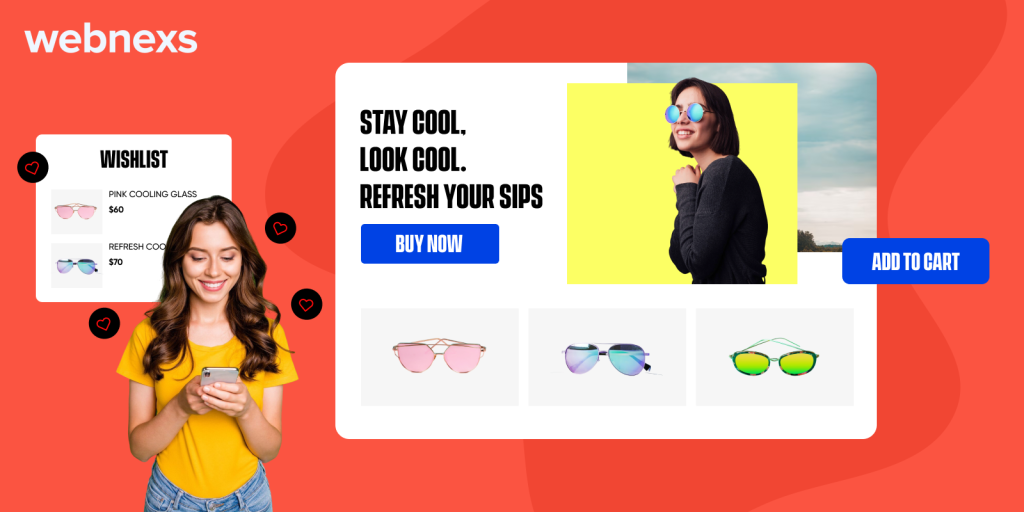
Amazon personalizes product recommendations based on browsing history, increasing conversions by 35%.
Casual shoppers view online shopping as entertainment rather than a necessity. They browse leisurely without a clear intent to buy, adding items to their cart but often abandoning them before checkout.
Characteristics of Casual Shoppers:
- These “wanderers” make up a large portion of website traffic but generate low revenue.
- They prefer a seamless and convenient shopping experience but lack urgency or brand loyalty.
- They engage with product discovery and recommendations but rarely make immediate purchases.
How to Convert Casual Shoppers:
- Optimize the shopping experience with fast-loading pages, intuitive navigation, and a smooth checkout process.
- Offer a guest checkout to reduce friction—87% of shoppers abandon carts due to long checkout steps.
- Personalize their journey using AI-driven product suggestions and retargeting strategies to gradually convert them into repeat buyers.
Case Study: ASOS Increases Conversions with Personalized Recommendations
Challenge: ASOS, a leading fashion retailer, struggled with high traffic but low conversions from casual shoppers who frequently browsed without making purchases.
Solution:
- Implemented AI-driven product recommendations based on browsing behavior.
- Added a “Save for Later” feature, allowing casual shoppers to revisit products easily.
- Sent personalized email reminders featuring abandoned products.
Results:
- 35% increase in conversion rates from casual browsers.
- 22% higher engagement with personalized product suggestions.
- 15% growth in repeat visits due to saved items.
2. Impulse Buyers: How to Trigger Instant Purchases
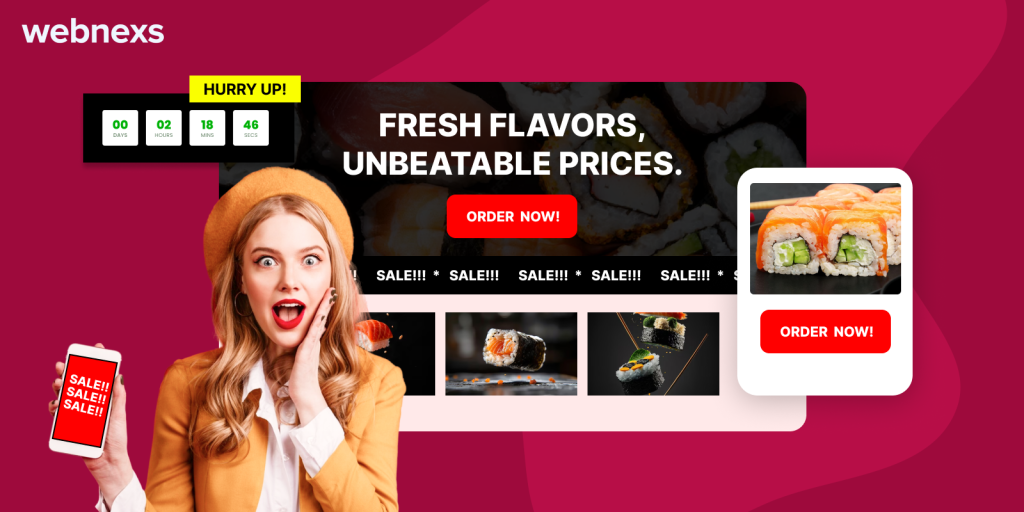
Sephora’s limited-time flash sales and free gift promotions have led to a 25% boost in impulse purchases.
Impulse buyers act on emotion rather than research. They make quick purchase decisions, often driven by flash sales, trends, and social media hype.
Characteristics of Impulse Buyers:
- They prioritize immediacy over rationality, leading to high spending and lower return rates.
- They are susceptible to limited-time offers and FOMO-driven marketing.
- They can be unpredictable, abandoning purchases due to unexpected costs or a slow checkout process.
How to Capture Impulse Buyers:
- Use urgency tactics like countdown timers, limited-stock alerts, and exclusive flash sales.
- Simplify checkout by offering one-click payment options and fast shipping.
- Leverage upselling and cross-selling by strategically displaying related products.
Case Study: Sephora Boosts Impulse Purchases with Limited-Time Deals
Challenge: Sephora wanted to capitalize on impulse buying behavior by encouraging quick purchasing decisions.
Solution:
- Launched exclusive, time-sensitive offers via push notifications.
- Introduced a “Gifts with Purchase” feature, rewarding quick buyers.
- Implemented countdown timers on flash sales.
Results:
- 40% increase in purchases during flash sales.
- 28% higher order value when impulse buyers added gift sets.
- 5X increase in purchases made within 30 minutes of receiving push notifications.
3. Bargain Hunters: How to Attract Price-Savvy Shoppers Without Undercutting Profits

Best Buy’s price-match guarantee helped retain 76% of online shoppers who would have left for a competitor’s better deal.
Bargain hunters are price-sensitive shoppers who compare prices extensively and wait for discounts before making a purchase.
Characteristics of Bargain Hunters:
- They are highly cost-conscious and often use price comparison tools.
- They are not loyal to brands but responsive to promotions and deals.
- They wait for seasonal sales, coupons, and markdowns before purchasing.
How to Win Over Bargain Hunters:
- Implement competitive pricing strategies while maintaining brand value.
- Use psychological pricing tactics such as bundling, volume discounts, and exclusive member deals.
- Convert them into repeat customers with a loyalty program that rewards frequent purchases.
Case Study: Best Buy Retains Bargain Hunters with Price Matching
Challenge: Best Buy faced competition from online marketplaces where shoppers could compare prices instantly.
Solution:
- Launched a price-match guarantee, ensuring shoppers didn’t leave for cheaper deals.
- Introduced a rewards program that gave points instead of discounts.
- Used exclusive “member-only” deals to maintain engagement.
Results:
- 76% of shoppers who considered leaving stayed due to price matching.
- 30% increase in repeat customers using the rewards program.
- 25% reduction in cart abandonment due to pricing concerns.
4. Research-Oriented Shoppers: How to Win Their Trust and Close the Sale
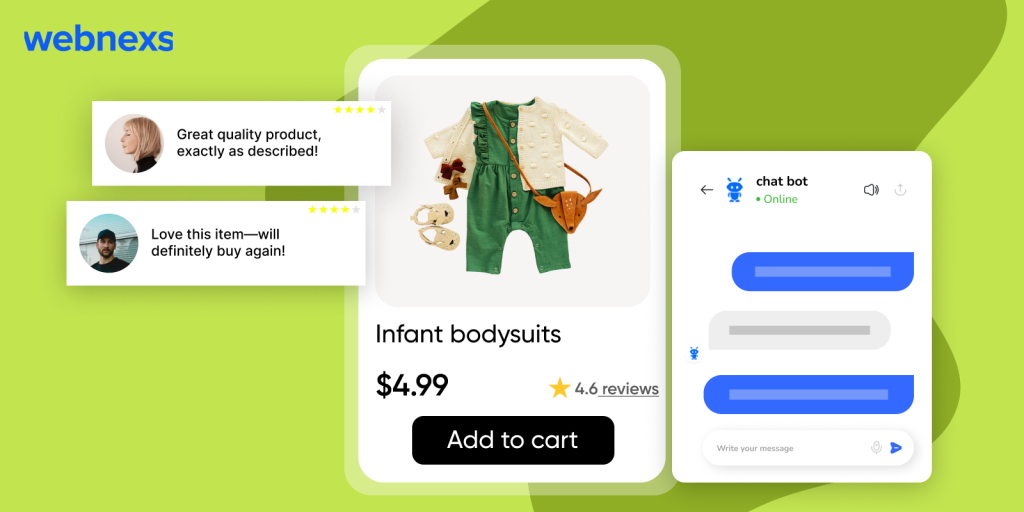
Apple provides in-depth product descriptions, comparison tools, and expert-backed reviews, leading to higher customer confidence.
81% of online shoppers take their time analyzing reviews, comparing features, and studying specifications before committing to a purchase.
Characteristics of Research-Oriented Online Shoppers:
- They rely on detailed product information, expert opinions, and customer testimonials.
- They are more prevalent in high-ticket industries such as tech, luxury, and automobiles.
- They value credibility and transparency when making purchasing decisions.
How to Appeal to Research-Oriented Shoppers:
- Offer in-depth product descriptions, customer reviews, and comparison charts.
- Use live chat support to answer questions in real time.
- Build authority with blogs, case studies, and video demonstrations.
Case Study: Dell Converts Researchers with Comprehensive Buying Guides
Challenge: Dell’s premium laptop buyers spent a long time comparing models, often delaying purchases.
Solution:
- Created interactive product comparison tools.
- Added video demos and case studies showcasing real-world performance.
- Offered one-on-one live chat consultations with experts.
Results:
- 22% decrease in abandoned carts.
- 30% increase in high-value purchases.
- 18% higher engagement with video content and buying guides.
5. Brand-Loyal Shoppers: How to Keep Them Coming Back for More
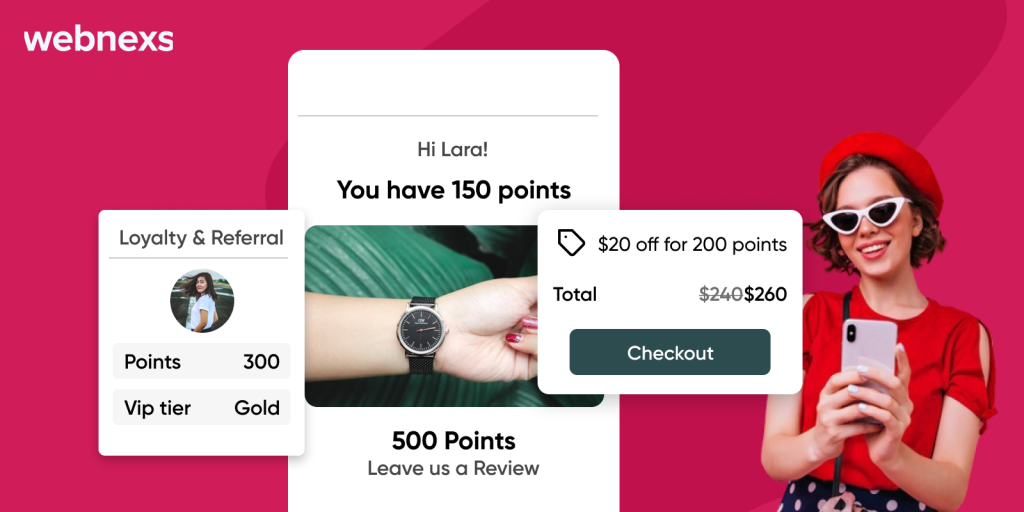
Starbucks Rewards members generate 40% of total transactions, proving the power of loyalty programs.
Loyal shoppers are the lifeblood of an ecommerce business, offering high lifetime value and acting as brand advocates. 43% of shoppers spend more money on brands they are loyal to.
Characteristics of Brand-Loyal Online Shoppers:
- They seek consistent quality, excellent customer service, and exclusive perks.
- They are less price-sensitive and more focused on trust and experience.
- They engage with personalized marketing and VIP programs.
How to Strengthen Brand Loyalty:
- Create a tiered loyalty program with early access to products, personalized discounts, and birthday rewards.
- Maintain a strong brand identity and customer experience.
- Leverage user-generated content and referral incentives to turn them into brand ambassadors.
Case Study: Starbucks Rewards Drives Customer Retention
Challenge: Starbucks wanted to increase customer retention and repeat purchases.
Solution:
- Introduced a tiered rewards program offering exclusive perks.
- Personalized discounts based on purchase history.
- Offered early access to seasonal drinks and limited-edition products.
Results:
- 40% of Starbucks sales come from loyalty program members.
- 28% increase in repeat purchases.
- Customers spend 3X more when using the app’s rewards system.
6. Need-Based Shoppers: How to Meet Their Expectations and Build Loyalty
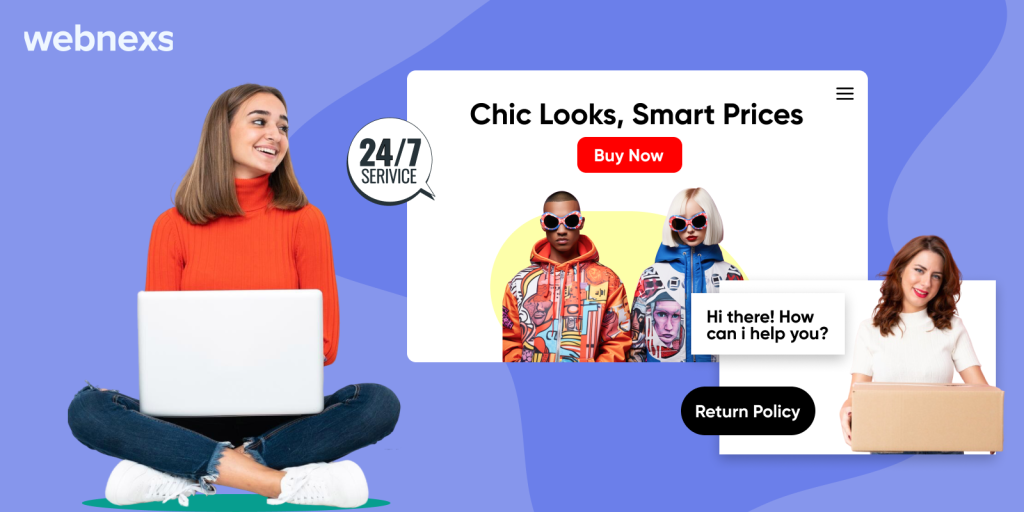
Zappos offers 365-day returns and 24/7 support, creating a reputation for reliability and increasing loyalty.
Need-based shoppers buy out of necessity rather than desire. They want specific solutions to their problems and prioritize function over impulse. 58% of shoppers abandon a site if they can’t find what they’re looking for within minutes.
Characteristics of Need-Based Online Shoppers:
- They analyze reliability, efficiency, and customer service before purchasing.
- They take their time to compare options but become loyal once they find a trusted brand.
- They are more likely to pay premium prices for quality and convenience.
How to Engage Need-Based Shoppers:
- Provide detailed product guides, how-to content, and educational resources.
- Ensure top-notch customer service with easy access to FAQs, chatbots, and support teams.
- Offer guarantees and warranties to reduce purchase anxiety.
Case Study: Zappos Builds Trust with Hassle-Free Returns
Challenge: Need-based shoppers required reassurance before making purchases, often hesitant about fit and quality.
Solution:
- Offered 365-day free returns to reduce purchase anxiety.
- Added detailed product videos showing fit and material.
- Enhanced customer support with 24/7 live chat.
Results:
- 20% increase in customer trust scores.
- 15% boost in first-time purchases.
- 42% fewer customer inquiries due to detailed product descriptions.
7. Ready-to-Purchase Shoppers: How to Make Their Shopping Journey Effortless
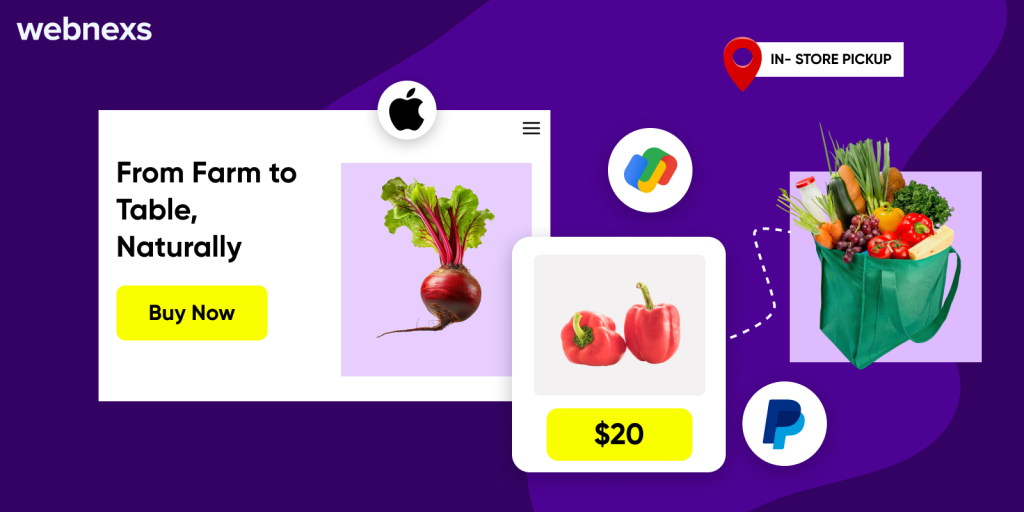
Walmart’s “Buy Now, Pick Up Later” model has increased conversions by 50% for in-stock items.
These online shoppers are primed to buy immediately. They need efficiency and a seamless transaction process.
Characteristics of Ready-to-Purchase Online Shoppers:
- They value speed over research and prefer hassle-free transactions.
- They are willing to pay extra for fast shipping and convenience.
- They abandon their cart if faced with checkout delays or hidden costs.
How to Cater to Ready-to-Purchase Shoppers:
- Streamline checkout with express payment options like Google Pay, Apple Pay, and PayPal.
- Ensure transparent shipping policies to prevent dissatisfaction—65% of shoppers abandon carts due to unexpected shipping fees.
- Use retargeting ads to bring back those who left their carts.
Case Study: Walmart’s Express Checkout Increases Conversions
Challenge: Many shoppers abandoned their carts due to slow checkout processes.
Solution:
- Implemented express checkout with Apple Pay, Google Pay, and PayPal.
- Provided real-time inventory updates for store pick-ups.
- Sent automated cart reminders for incomplete checkouts.
Results:
- 50% higher conversion rate for mobile shoppers.
- 35% reduction in cart abandonment.
- 40% increase in “Buy Online, Pick Up in Store” transactions.
8. Trend-Following Shoppers: How to Make Your Products Irresistible
Nike’s limited sneaker drops sell out in minutes due to high demand and exclusivity.
Trend-following online shoppers are early adopters who want the latest, most exclusive products before anyone else.
Characteristics of Trend-Following Online Shoppers:
- They are status-driven and love brands associated with luxury and innovation.
- They prioritize exclusivity over price.
- They seek limited edition products and first-hand experiences.
How to Win Over Trend-Following Shoppers:
- Use scarcity tactics by launching pre-orders, VIP access, and limited-time drops.
- Create a buzz with influencer partnerships and brand storytelling.
- Stay ahead of trends by collaborating with designers and manufacturers to stock the latest products.
Case Study: Nike’s Limited Sneaker Drops Sell Out in Minutes
Challenge: Nike wanted to increase demand and exclusivity for its sneakers.
Solution:
- Launched limited-edition sneaker drops.
- Used influencer marketing to create buzz.
- Introduced pre-orders and VIP access for brand members.
Results:
- 300% increase in pre-orders for exclusive releases.
- Sneakers sold out within minutes of launch.
- 40% increase in Nike app downloads due to exclusive access.
9. Mobile Shoppers: Enhancing the Mobile Experience
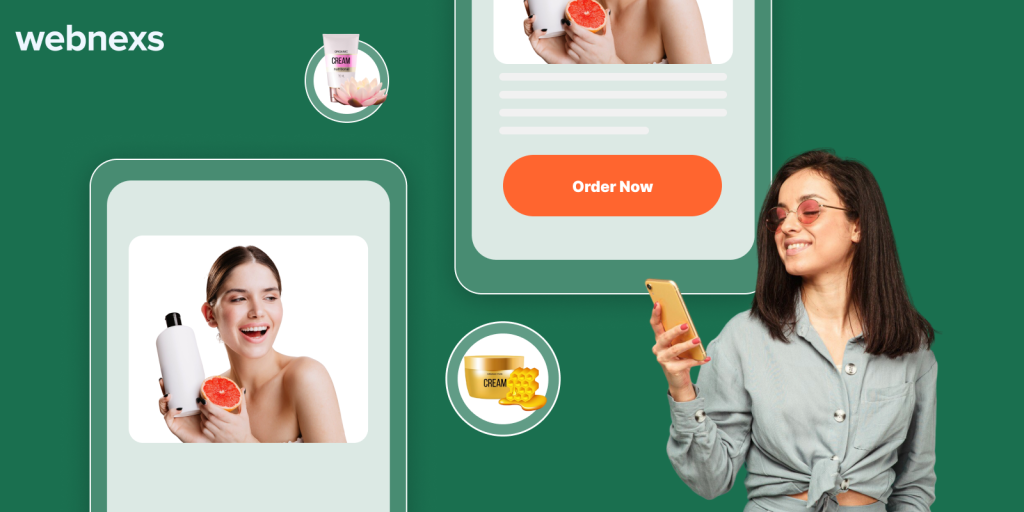
ASOS optimized its mobile app, leading to a 25% rise in mobile purchases.
Mobile shoppers browse and purchase products primarily using their smartphones or tablets, expecting a frictionless mobile experience. 73% of ecommerce sales are expected to come from mobile devices by 2025.
Characteristics of Mobile-Based Online Shoppers:
- They rely on fast-loading, mobile-optimized websites and apps.
- They prefer one-click checkout and digital payment options.
- They are influenced by social media and in-app advertising.
How to Convert Mobile Shoppers:
- Ensure your website is mobile-friendly with responsive design and fast-loading pages.
- Simplify the checkout process with digital wallets like Apple Pay and Google Pay.
- Use social commerce features to sell directly through platforms like Instagram and Facebook.
Case Study: ASOS Optimizes Mobile Shopping and Increases Conversions
Challenge: ASOS faced a growing number of mobile users but saw lower conversions compared to desktop.
Solution:
- Designed a mobile-first website with one-click checkout.
- Implemented app-exclusive discounts to drive mobile engagement.
- Integrated social commerce, allowing purchases directly from Instagram.
Results:
- 25% rise in mobile purchases.
- 40% increase in app downloads.
- 30% decrease in mobile cart abandonment.
10. Subscription Shoppers: Encouraging Recurring Revenue
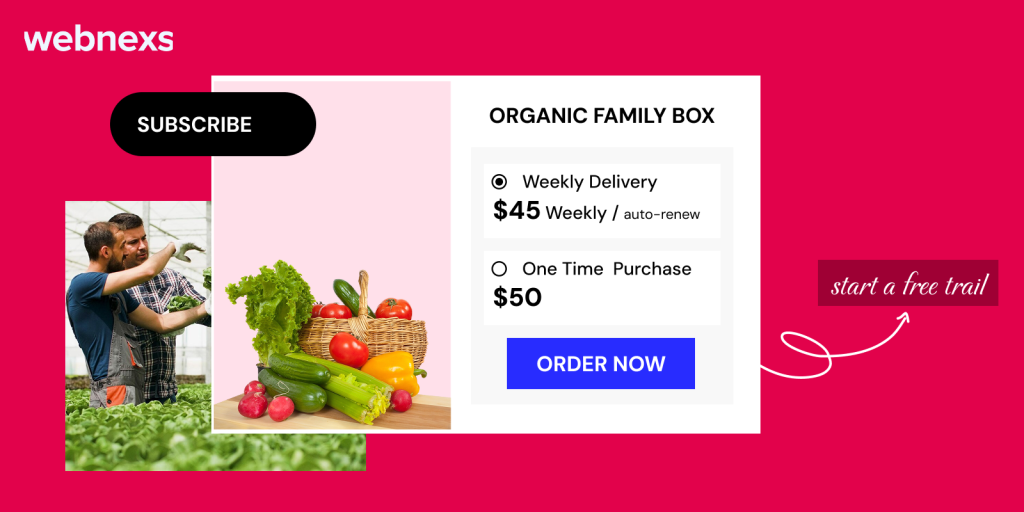
Dollar Shave Club built a $1 billion business through a simple yet effective subscription model.
Subscription shoppers prefer recurring purchases and convenience-based shopping, often opting for auto-renewal services. The subscription ecommerce market is expected to reach $904.2 billion by 2026.
Characteristics of Subscription-Based Online Shoppers:
- They favor hassle-free purchases with automatic replenishment.
- They are drawn to subscription boxes and curated product selections.
- They value personalized recommendations and member benefits.
How to Convert Subscription Shoppers:
- Offer flexible subscription plans with customization options.
- Provide incentives such as free trials, discounts on first orders, and referral rewards.
- Ensure an easy opt-in and opt-out experience to build trust and long-term commitment.
Case Study: Dollar Shave Club Grows to a $1 Billion Brand
Challenge: The shaving industry was dominated by traditional retail brands, making it difficult to retain customers.
Solution:
- Offered affordable, high-quality razors via subscription.
- Created a personalized experience, delivering products based on usage frequency.
- Implemented a simple opt-in and opt-out system to build trust.
Results:
- 60% increase in recurring revenue.
- Acquired 3.2 million active subscribers in just a few years.
- Bought by Unilever for $1 billion in 2016.
Read More: 7 Best Online Store Platforms for Small Businesses
How to Engage All Types of Online Shoppers

Engaging diverse online shoppers requires a strategic, data-driven approach that caters to varying behaviors, preferences, and needs. Implementing the right strategies can improve conversions and customer satisfaction. Here’s how:
1. Personalization
Leverage AI and data analytics to curate a personalized shopping experience. Studies show that 80% of consumers are more likely to purchase from brands that offer personalized experiences. Use past purchases, browsing history, and behavioral patterns to provide:
- Personalized product recommendations
- Dynamic content that adjusts to user preferences
- Personalized discounts and email campaigns
2. User-Friendly Website
A seamless browsing experience is crucial, with 70% of shoppers abandoning sites due to poor navigation. Optimize your site by:
- Structuring categories and filters clearly
- Implementing an advanced search function
- Enhancing mobile responsiveness (55% of online purchases occur on mobile)
- Boosting page load speed—every second of delay reduces conversions by 7%
3. High-Quality Content
Detailed and visually appealing product content can increase conversion rates by 30%. Ensure your pages include:
- In-depth product descriptions with specifications, benefits, and use cases
- High-resolution images and engaging product videos
- Authentic customer reviews to build trust and credibility
4. Customer Support
Efficient support can increase customer retention by 40%. Offer multiple support channels, including:
- 24/7 live chat, email, and phone assistance
- AI chatbots for instant responses to common queries
- A knowledge base with FAQs, guides, and tutorials for self-service
5. Social Proof
Social proof influences 90% of buyers purchasing decisions. Enhance credibility through:
- Customer testimonials displayed prominently
- User-generated content and social media shoutouts
- Verified ratings and reviews integrated into product pages
6. Loyalty Programs
Retention strategies are key, as repeat customers spend 67% more than new ones. Implement loyalty programs with:
- Points-based systems offering discounts and rewards
- Exclusive member benefits like early access to sales and VIP deals
- Personalized incentives to encourage repeat purchases
7. Efficient Checkout Process
A lengthy checkout process leads to a 69% cart abandonment rate. Simplify it with:
- Guest checkout options to avoid unnecessary sign-ups
- Auto-fill features to speed up form completion
- Multiple payment gateways, including digital wallets and BNPL (Buy Now, Pay Later) solutions
By implementing these strategies, ecommerce stores can maximize engagement and sales while catering to all types of online shoppers.
Read More: 8+ Best Ecommerce Website Builder Companies | Top Web Builder (2025 Reviews)
Conclusion
Understanding and segmenting your online shoppers is the key to boosting engagement, retention, and sales. By implementing these targeted strategies, you can effectively convert every type of online shoppers into a loyal customer.
Want to refine your ecommerce strategy? Start optimizing today! With Webnexs by your side, you’re not just adapting to these types of shopper behavior—you’re staying ahead of them. Our expertise in ecommerce solutions ensures that your store is always optimized to engage, convert, and retain customers seamlessly.
